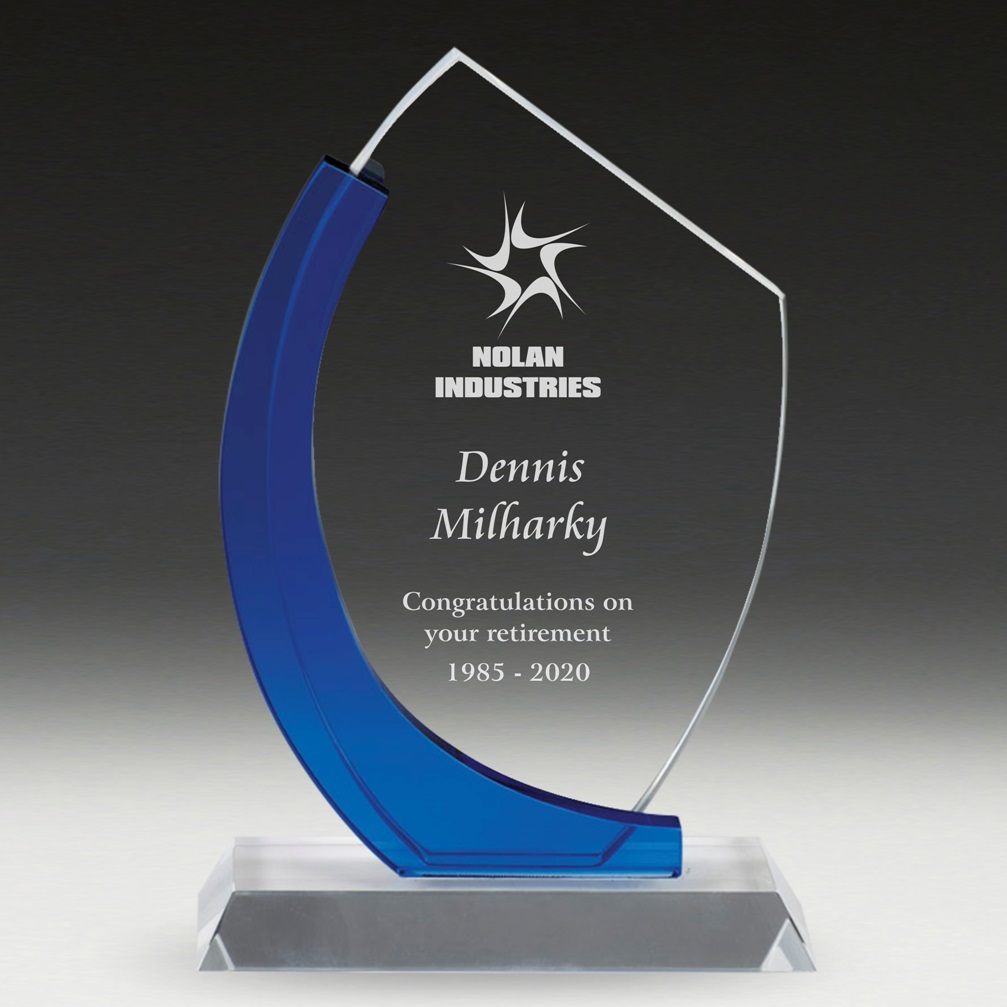Crystals Personalization
Digital printing has transformed the way we print in the current day. The technology has enabled the printing of high-quality images, graphics, and text on a variety of surfaces. The sandblast effect is a technique that has arisen in recent years. This technique is often used in digital printing to generate distinctive and eye-catching graphics on a variety of substrates. This essay will go through digital printing and the sandblast effect in depth.

What exactly is digital printing?
Digital printing is the process of immediately printing digital images or documents onto a surface. Using specialized printing equipment, the picture or document is transferred from a computer or other digital storage device onto the printing surface.
Digital printing offers numerous advantages over traditional printing methods. For one thing, it is faster and more efficient because it does not require printing plates or other setup operations. Furthermore, digital printing enables the production of high-quality photographs with perfect color accuracy and sharpness.
What exactly is the Sandblast Effect?
The sandblast effect is a digital printing process that creates a unique and textured appearance on a surface. Using a specialized sandblasting machine, small particles of sand or other abrasive materials are blasted onto the surface. As a result, the surface has a frosted or etched appearance, which adds depth and texture to the pattern.
Sandblasting can be used on a variety of materials, including glass, metal, plastic, and wood. It is frequently used to make signage, trophies, prizes, and other decorative things. The method can also be used to make privacy screens and add texture to architectural features.
A multitude of processes, such as masking, stenciling, and direct engraving, can be used to create the sandblasted look. Each technique has distinct advantages and disadvantages, and the technique used is determined by the individual application and desired outcome.
Masking Method
The masking technique entails adding a masking substance to the surface in order to protect specific areas from the sandblasting process. The masking material can be a specific adhesive vinyl or any easily cut and applied substance to the surface. After applying the masking material, the surface is blasted with sand or another abrasive material using sandblasting equipment.
The masking material is removed when the sandblasting process is completed, revealing the pattern or text behind it. As a result, the pattern has a frosted or etched effect that adds texture and depth. Masking is a typical method used in the fabrication of signage, trophies, and other decorative items.
Stenciling Method
Making a stencil of the pattern or text that will be sandblasted onto the surface is the stenciling process. The stencil can be constructed of several materials, such as vinyl, paper, or metal. After creating the stencil, it is put to the surface and the areas around it are masked off to protect them from the sandblasting process.
A sandblasting machine is then used to blast the surface with sand or other abrasive material. When the sandblasting is finished, the stencil is removed, revealing the pattern or text beneath. As a result, the pattern has a frosted or etched effect that adds texture and depth. Signage and other decorative things are frequently created using the stenciling technique.
The technique of Direct Engraving
The direct engraving method entails utilizing specialized sandblasting equipment to etch the design or text directly onto the surface. The machine carves the design or text into the surface using a high-pressure jet of sand or other abrasive material.
Direct engraving is perfect for generating intricate graphics and text that other techniques cannot produce. It’s widely used to make prizes, trophies, and other decorative objects.

